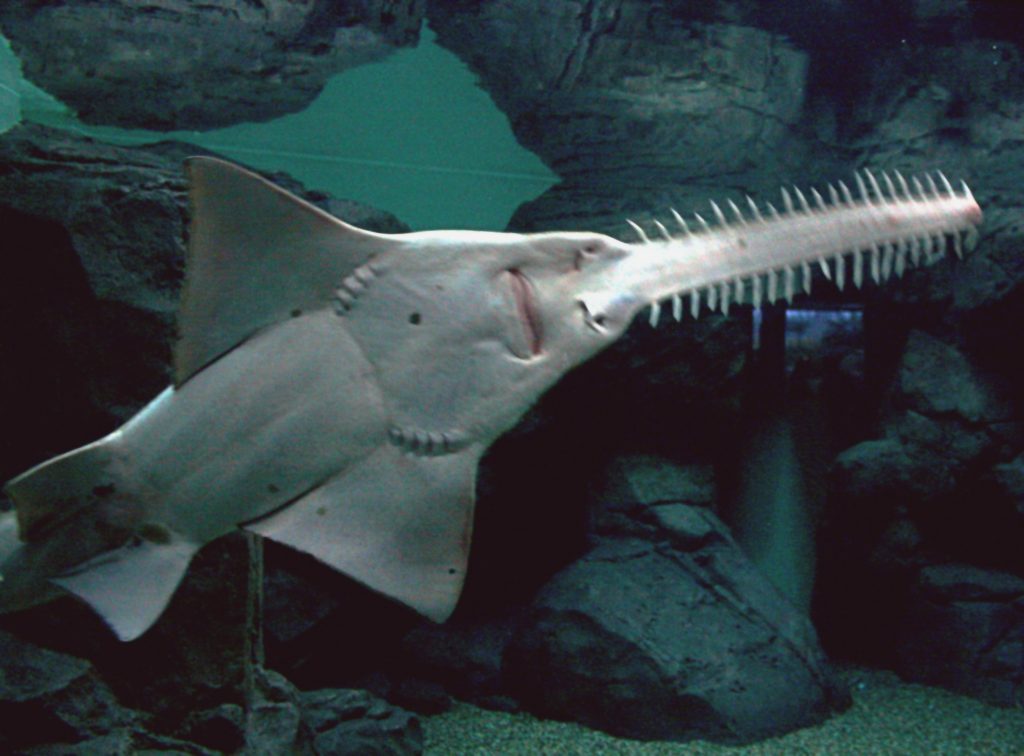SAN JUAN — The critically endangered largetooth sawfish gained a lifeline as Caribbean countries unanimously agreed to add the species to Annex II of the Specially Protected Areas and Wildlife (SPAW) Protocol under the Cartagena Convention on World Environment Day Wednesday.
Seventeen member governments are thereby obligated to impose strict national protections for the species and cooperate regionally to recover populations.
“We are pleased that governments from across the Caribbean have seen the value of saving the iconic and irreplaceable largetooth sawfish from further regional extinction,” said Olga Koubrak, legal advisor for Sealife Law.
“Sawfish are among the world’s most endangered marine species and urgently need strict legal protections wherever they remain.”
All five sawfish species worldwide are classified as Endangered or Critically Endangered under the IUCN Red List. Largetooth and smalltooth sawfish were once common in the Caribbean but are now seriously depleted. The smalltooth sawfish was added to SPAW Annex II in 2017.
Caribbean countries thought to still have sawfish in their waters include the Bahamas, Cuba, Colombia, and Costa Rica. The level of national sawfish protection varies, however, and regional conservation initiatives are lacking.
“Today’s decision is warranted and welcome, as time is running out for sawfish,” said Sonja Fordham, president of Shark Advocates International. “The success of this measure depends on prompt and robust implementation of associated conservation commitments. We thank the Netherlands for proposing sawfish listing and urge continued engagement to ensure sawfish protection programs are developed across the Caribbean, before it’s too late.”
Found globally in warm waters, sawfish can grow to nearly 20 feet. Like other rays, low reproductive rates leave them exceptionally vulnerable to overfishing. Incidental catch is the main threat to sawfish; their tooth-studded snouts are easily entangled in nets. Despite increasing protections, sawfish parts are used for curios, food, medicine, and cockfighting.
Habitat degradation also jeopardizes survival.Sealife Law (SL) brings legal information and education to ocean conservation. Shark Advocates International (SAI) advances science-based policies for sharks and rays. SL and SAI have joined with marine researchers from Havenworth Coastal Conservation (HCC), CubaMar, and Florida State University to form a Caribbean sawfish coalition, supported by the Shark Conservation Fund. SAI, HCC, and CubaMar are projects of The Ocean Foundation.



